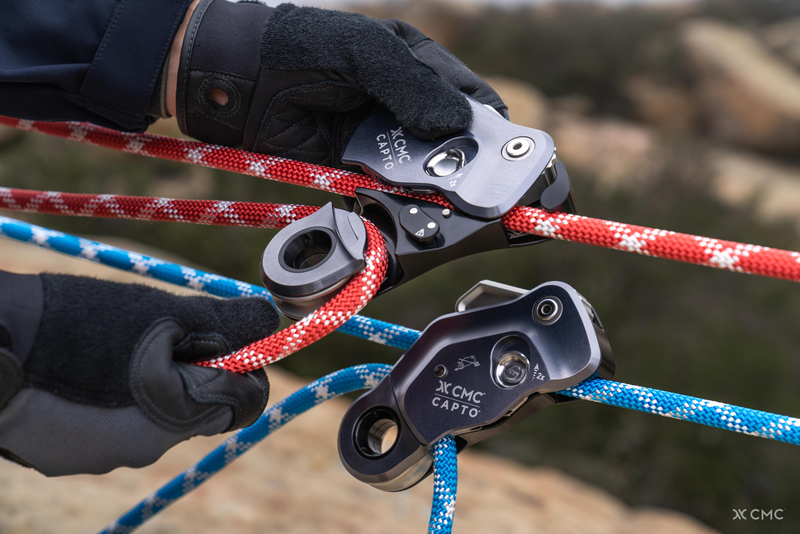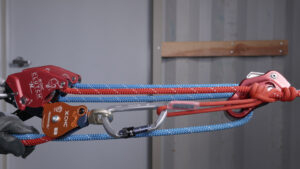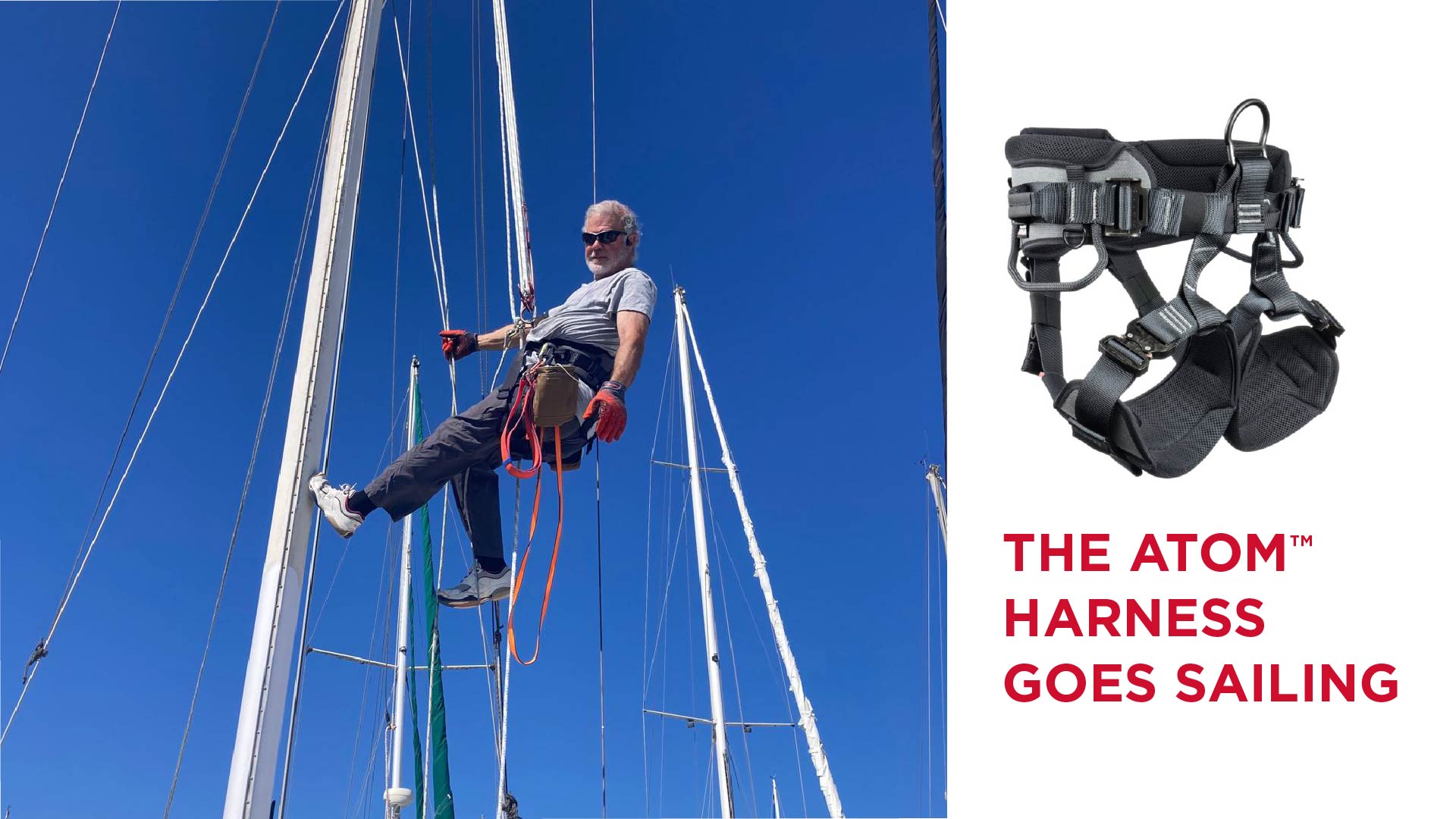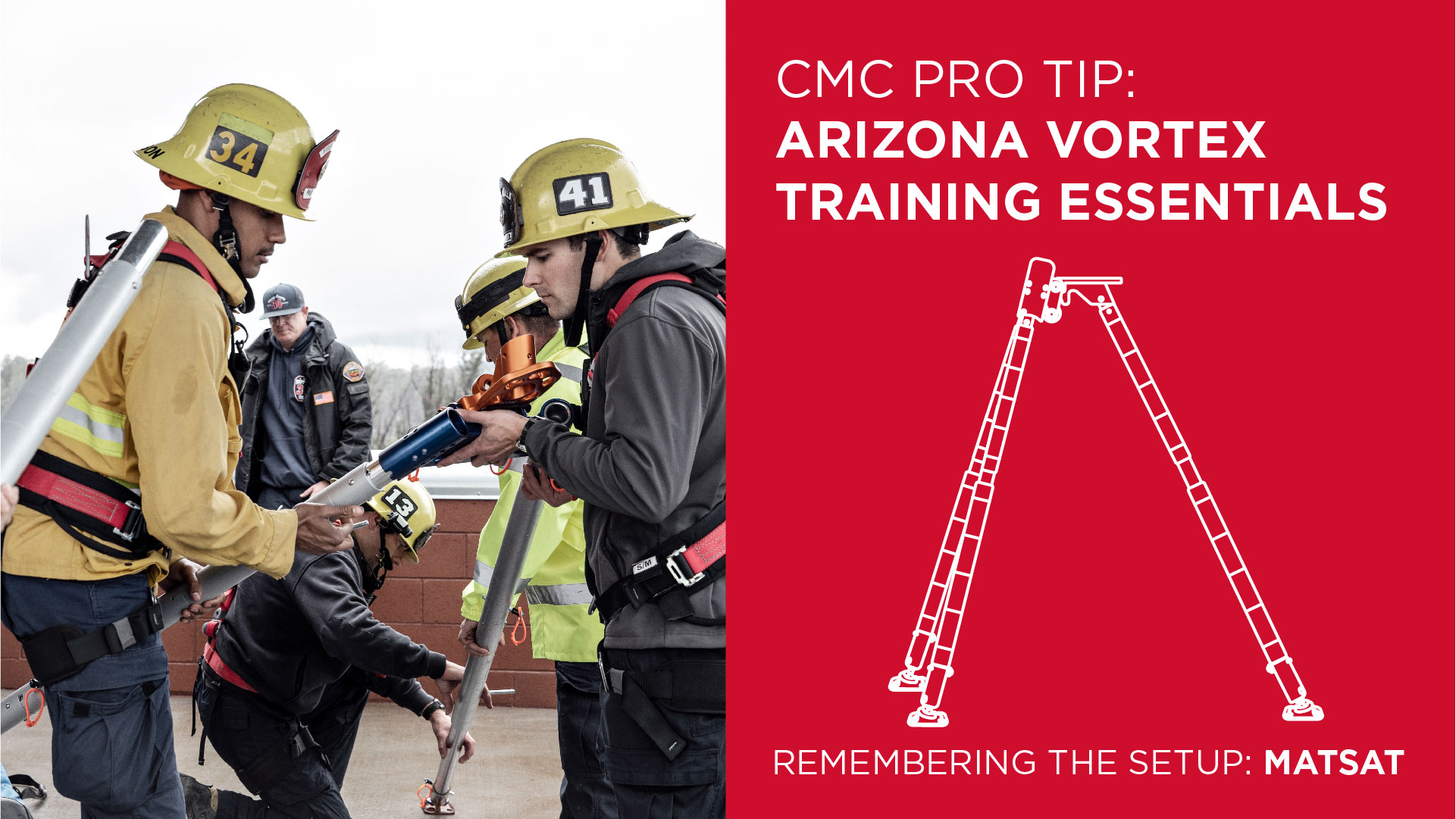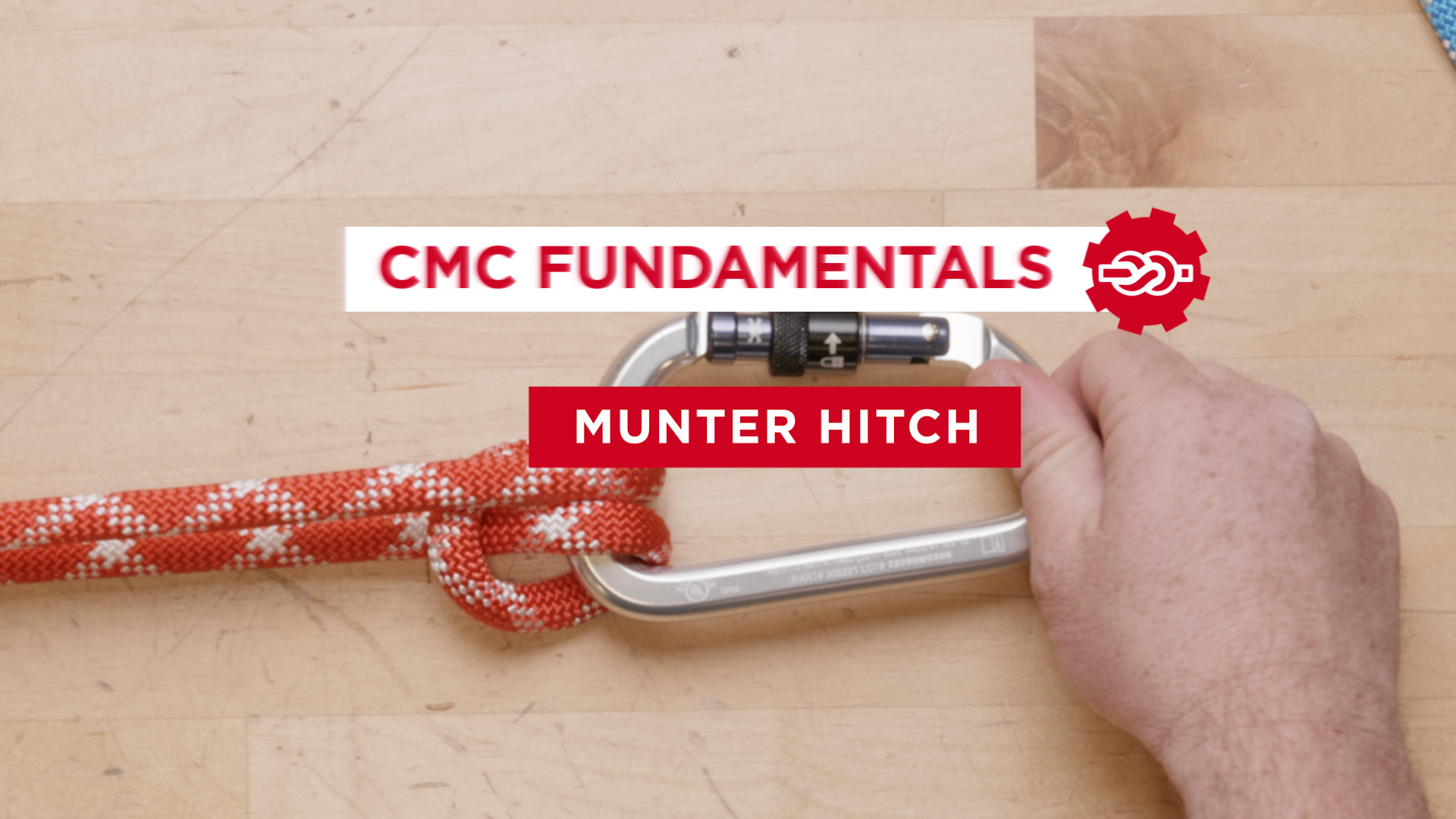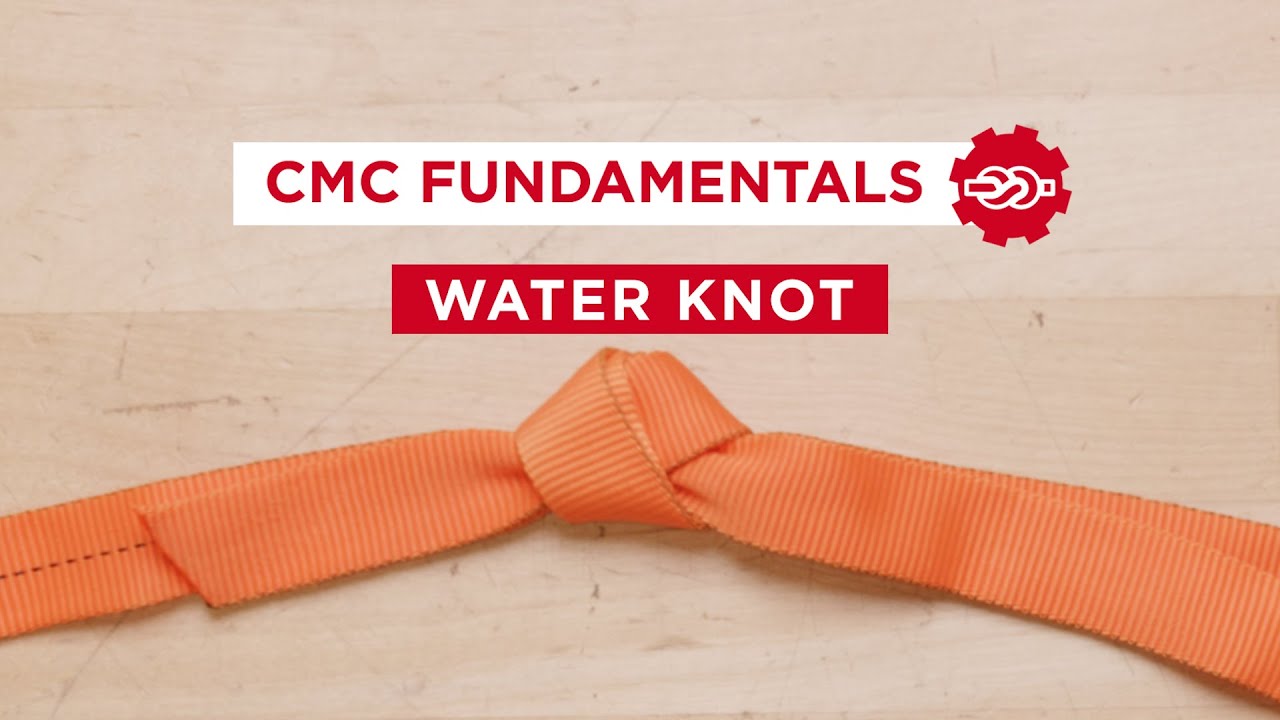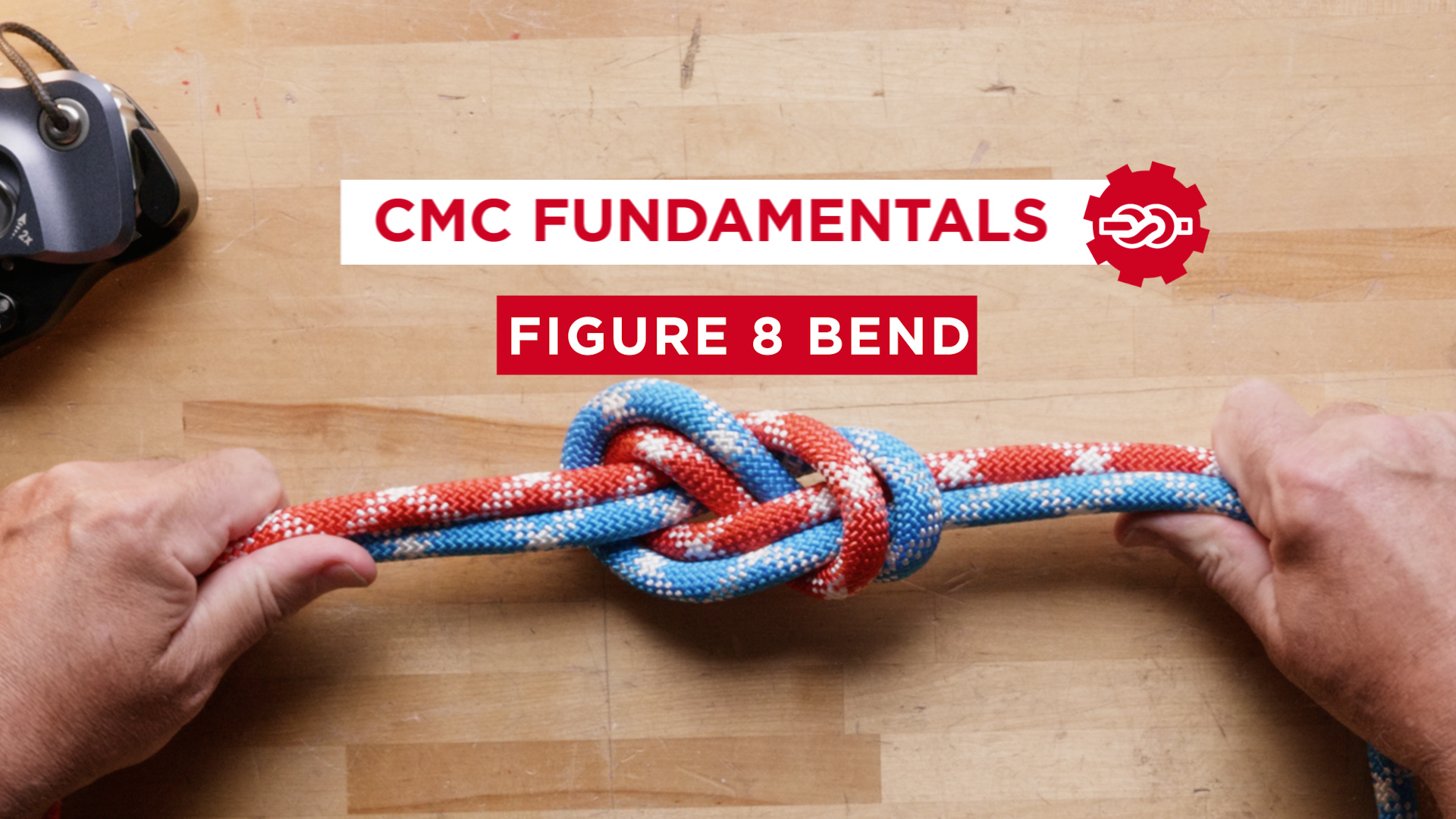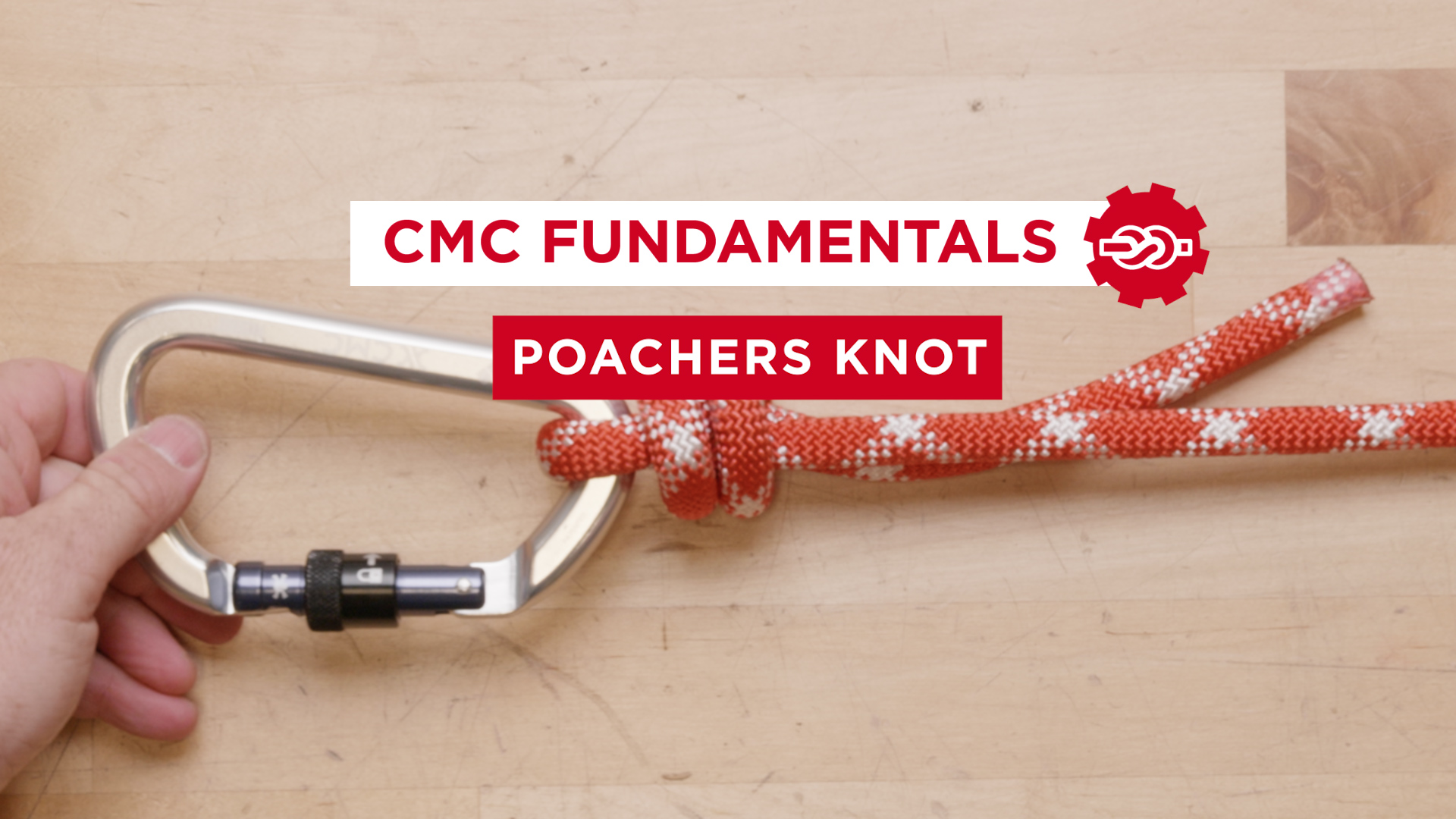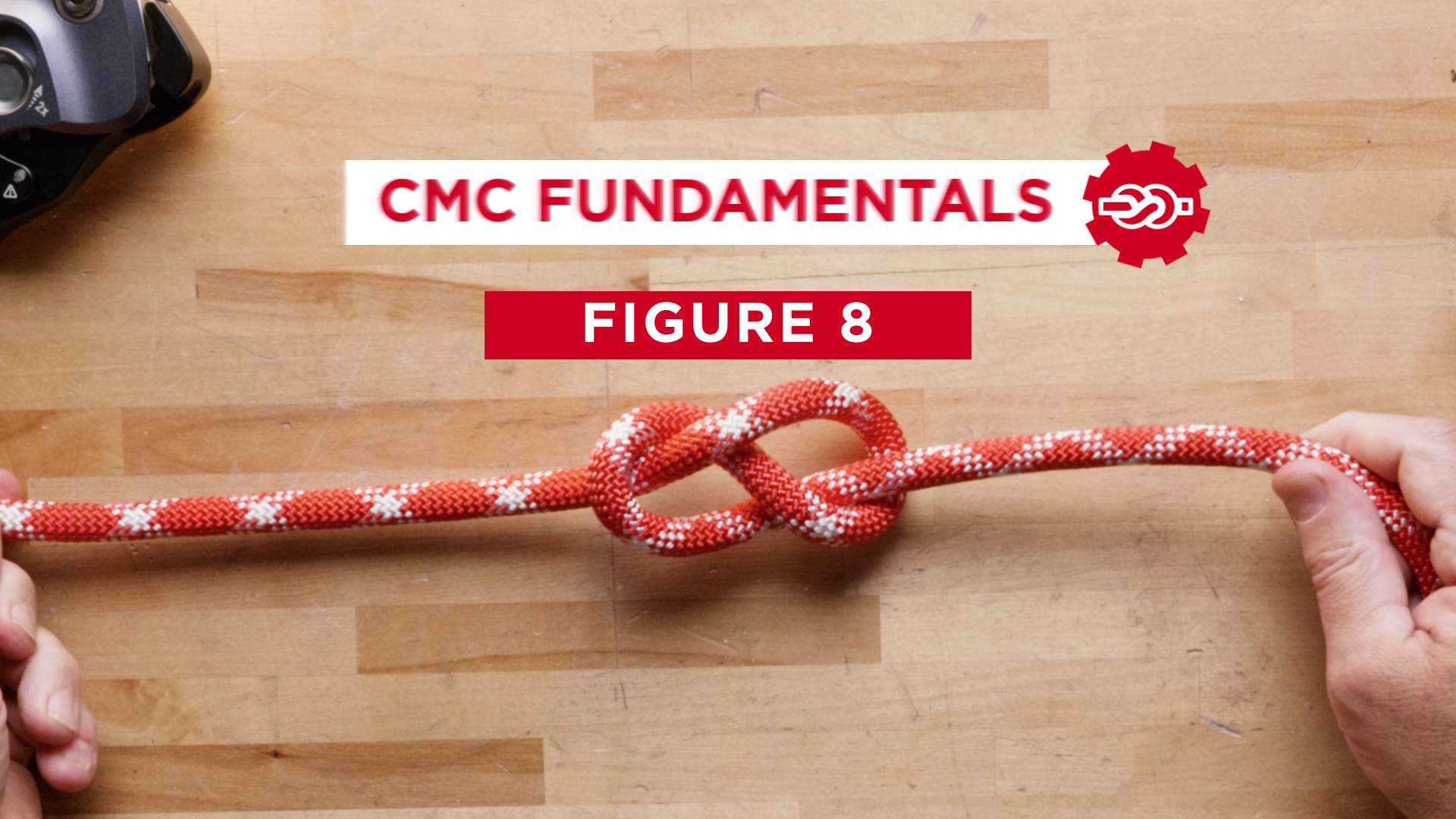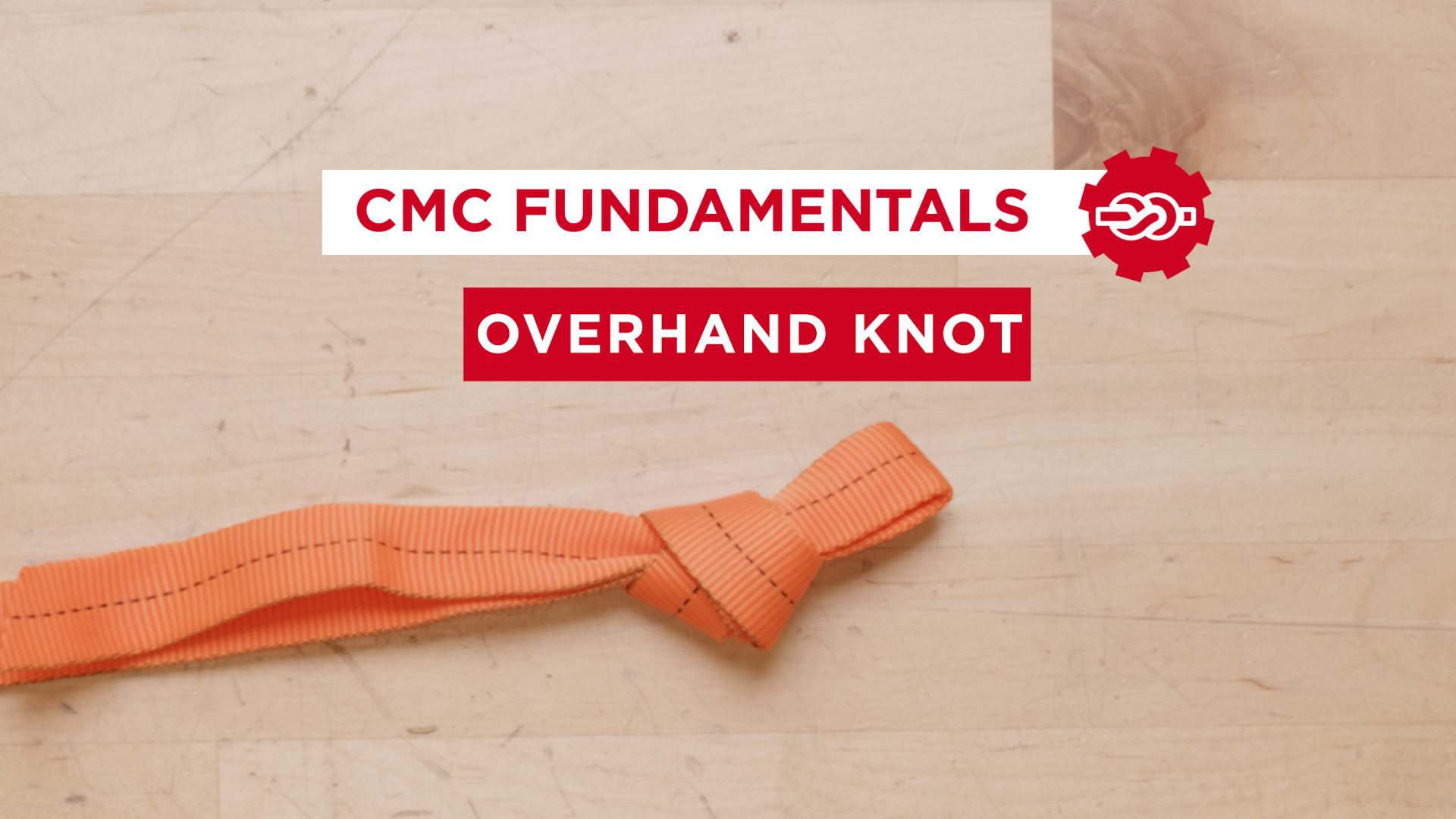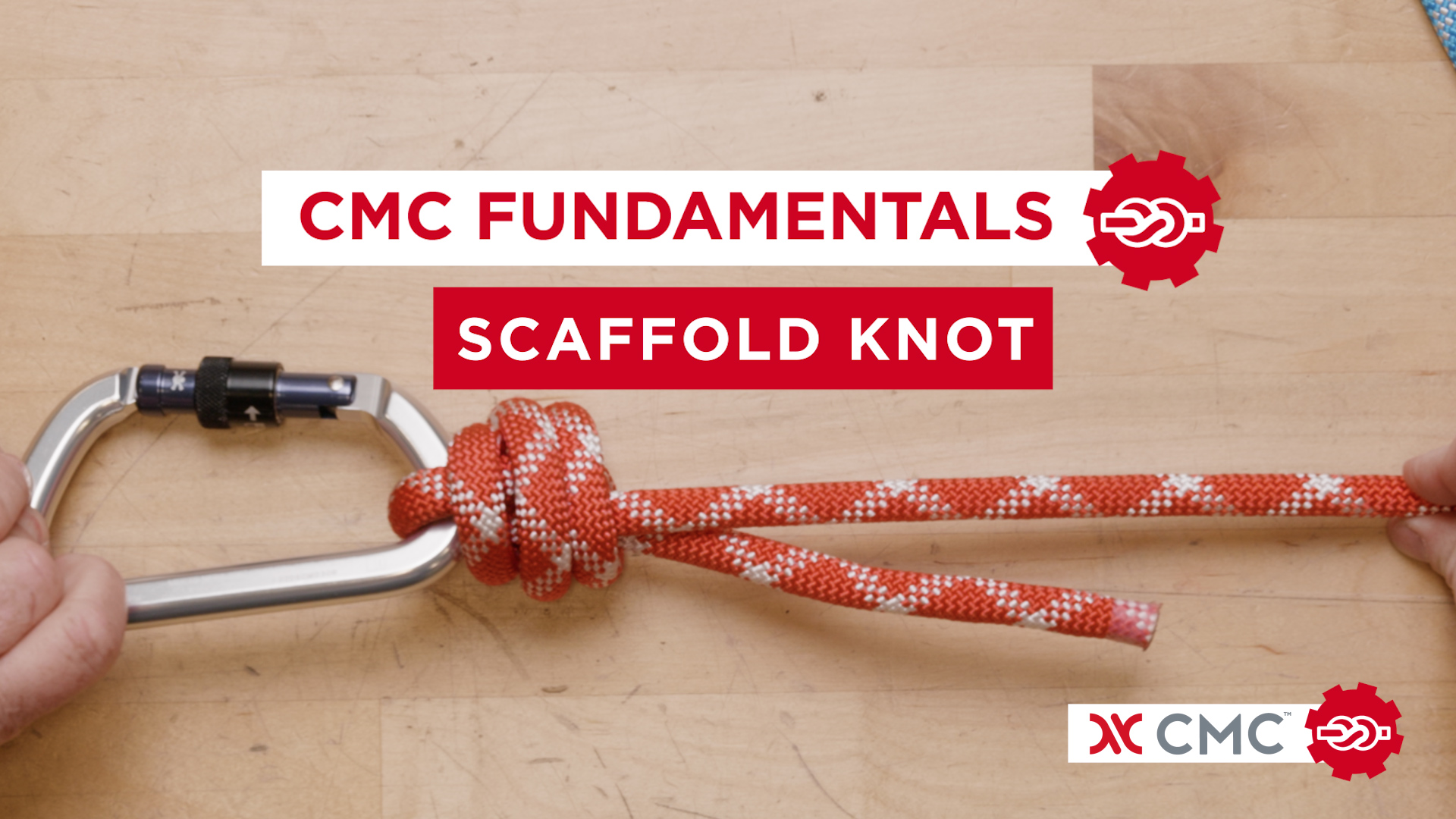CAPTO™ vs Prusik
Watch how the CAPTO and Prusik compare in a variety of hauling scenarios. We often get asked about the differences between these two pieces of equipment and thought it would help to show them side-by-side. While both devices offer overload protection, CAPTO provides more reliable force-limiting capabilities and far easier installation on the rope.
CAPTO combines a rope grab, pulley, and becket in a single device that reduces the time and complexity of building mechanical advantage systems. CAPTO is designed to replace a Prusik, carabiner, and pulley, while being more compact, versatile, and user friendly. CAPTO is also smooth to reset, even after high loading, and offers a forward attachment point for remote resets and easy stowage.
Both devices have their unique uses and advantages. See our video demonstrations for details and review the analysis below for more information.
Video Chapters
00:00 Building a Simple 3:1
00:42 Building a Simple 5:1
01:46 Converting a Simple 3:1 to a Simple 5:1
02:39 Remote Reset
02:51 System Throw
03:09 Knot Pass
Building a Simple 3:1
In this first sequence, we provide a side-by-side comparison between CAPTO and Prusik in building a simple 3:1 mechanical advantage. CAPTO installs quickly and easily on tensioned and un-tensioned lines, and is designed to be used one-handed. The double-action side plate protects against accidental opening and moves the cam out of the rope path to facilitate rigging. Both the rope grab and pulley are immediately accessible, making it possible to build a 3:1 haul system in a single motion without using knots, hitches, or additional equipment. While CAPTO is shown to be approximately 3x faster, it is more important to note that it dramatically reduces the amount of equipment and number of steps involved. This translates into fewer points of potential failure and greater operational safety and efficiency. Compared to a traditional 3:1 involving a G-Rated rope grab, pulley, and carabiner; CAPTO is faster and easier to install, lighter weight, and half the length. See the table below for a breakdown of the steps in each method.
| Building a Simple 3:1 | |
| CAPTO | Prusik |
| Install CAPTO on the rope | Tie Prusik Knot |
| Rig rope through CAPTO pulley | Attach carabiner to Prusik |
| Close CAPTO | Attach carabiner to pulley |
| Lock carabiner | |
| Open pulley | |
| Rig rope through pulley | |
| Close pulley | |
Building a Simple 5:1
Our “CAPTO vs Prusik” series continues with a side-by-side comparison of building a simple 5:1 mechanical advantage system. CAPTO components are adequately spaced to prevent ropes from rubbing against each other. The CAPTO pulley is durable and highly efficient (91% raising efficiency with 11mm rope). The becket is integrated directly into the pulley to promote clean rigging and efficient hauling and ascending. As an independent attachment point, the becket is ideal for adding mechanical advantage components, lanyards, foot loops, and retention systems. In this example, CAPTO allows the simple 5:1 to be assembled in approximately half the time without requiring the use of a double pulley. By attaching a single pulley to the CAPTO becket, the rope path is obvious and the rigging methods and equipment are simplified.
| Building a Simple 5:1 | |
| CAPTO | Prusik |
| Install CAPTO on the rope | Tie Prusik Knot |
| Rig rope through CAPTO pulley | Attach carabiner to double pulley |
| Close CAPTO | Attach carabiner to Prusik |
| Attach carabiner to single pulley #1 | Lock carabiner |
| Attach carabiner to CLUTCH becket | Open sideplate #1 of double pulley |
| Lock carabiner | Rig rope through pulley sheave |
| Open single pulley #1 | Close sideplate#1 of double pulley |
| Rig rope through single pulley #1 | Attach carabiner to single pulley |
| Close single pulley #1 | Attach carabiner to CLUTCH becket |
| Attach carabiner to pulley #2 | Lock carabiner |
| Attach carabiner to CAPTO becket | Open single pulley |
| Lock carabiner | Rig rope through single pulley |
| Open single pulley #2 | Close single pulley |
| Rig rope through single pulley #2 | Open sideplate #2 of double pulley |
| Rig rope through pulley sheave | |
| Close sideplate #2 of double pulley | |
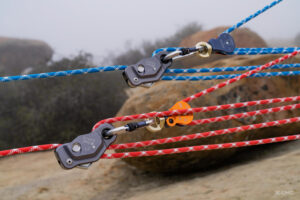
Converting a Simple 3:1 to a Simple 5:1
In this next installment of the “CAPTO vs Prusik” series, we show a side-by-side comparison of converting a simple 3:1 to a simple 5:1 mechanical advantage system. CAPTO streamlines this process through the use of its integrated becket. Additional mechanical advantage components can be quickly added, without having to remove existing parts of the system. By attaching a single pulley to the CAPTO becket, the rope path is obvious and the rigging methods and equipment are simplified. In contrast, this same conversion when using a Prusik involves adding more single pulleys or switching out a single pulley for a double pulley. This tends to take more time and require more steps. On average, the CAPTO demonstration finished in about half the time. It smoothly progresses from a simple 3:1 to a simple 5:1, and works well in combination with piggy back systems and additional CAPTOs.
| Converting a Simple 3:1 to a Simple 5:1 | |
| CAPTO | Prusik |
| Attach carabiner to single pulley #1 | Unlock carabiner on Prusik |
| Attach carabiner to CLUTCH becket | Remove carabiner & single pulley from Prusik |
| Lock carabiner | Attach carabiner & single pulley to CLUTCH becket |
| Open single pulley #1 | Open sideplate #1 of double pulley |
| Rig rope through single pulley #1 | Open sideplate #2 of double pulley |
| Close single pulley #1 | Rig rope through sheave #1 of double pulley |
| Attach carabiner to pulley #2 | Rig rope through sheave #2 of double pulley |
| Attach carabiner to CAPTO becket | Close sideplate #1 of double pulley |
| Lock carabiner | Close sideplate #2 of double pulley |
| Open single pulley #2 | Attach carabiner to double pulley |
| Rig rope through single pulley #2 | Attach carabiner to Prusik |
| Close single pulley #2 | Lock carabiner |
Regarding the “Prusik” sequence above, it is important to note that adding a second single pulley is usually preferable to replacing the original single pulley with a double pulley because it allows the rescuer to quickly convert to a Compound 9:1. Generally, the only time we would advocate for the technique shown above is when the team is 100% sure they will not have to go beyond a simple 5:1, ie a single person load. We show it here because it is more consistent with the previous Building a Simple 5:1 video. When it comes to converting between mechanical advantage systems, CAPTO provides a variety of options while minimizing the equipment and steps involved. Examples below.
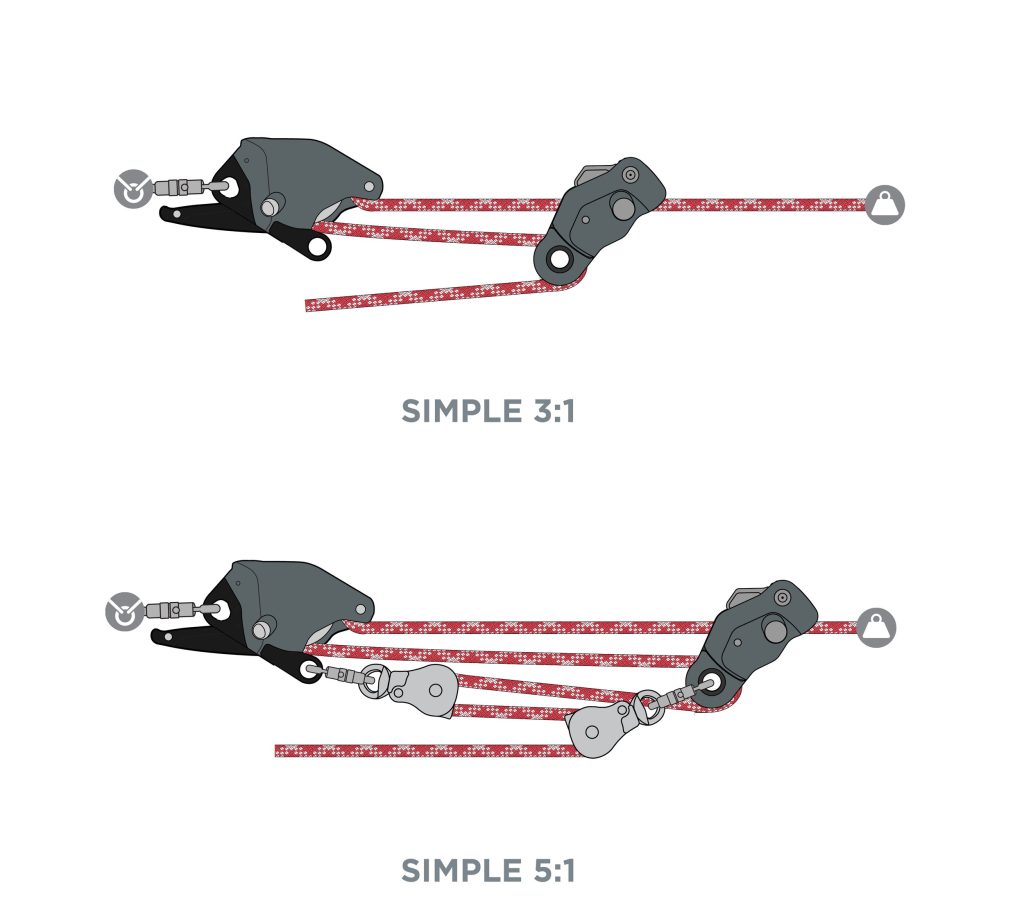
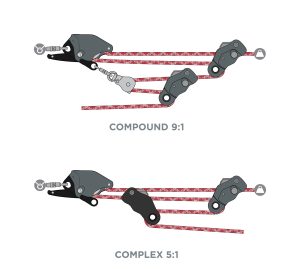
Remote Reset
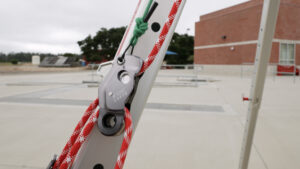
When it comes to resetting the system, CAPTO provides a forward attachment point that can be used for remote resets. With a gentle pull, CAPTO runs smoothly along the rope, opening up a number of options for quick and efficient hauling. The Prusik generally needs to be loosened and moved along the rope by hand.
System Throw
CAPTO’s compact shape is approximately half the length of a Prusik, carabiner, and pulley rigged in a simple 3:1. This translates into more travel with each haul and fewer resets for the haul team, which is especially useful in limited haul fields and confined areas.
Knot Pass
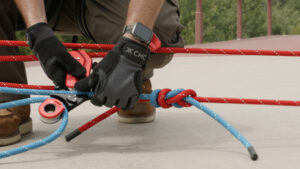
CAPTO streamlines this process through the use of its Double Action Release button which allows for a smooth opening and re install of the CAPTO. Additionally, Once the CAPTO has been installed either horizontally or vertically upright, the spring action of the cam secures the CAPTO onto the rope allowing for the user to route rope for Mechanical Advantage systems without having to worry about dropping the CAPTO.


